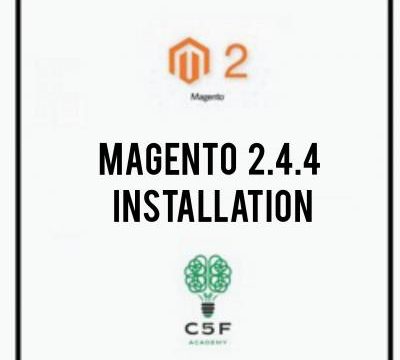
How to Create Events and Observers in Magento 2?
Overview In this blog we are going to learn the following: How to dispatch an event in Magento 2? How to create events.xml file? How to create Observer Class? Events and Observers in Magento 2 Working with events and observers is one of the main ways to extend Magento functionality. Using events and observers, we can run our custom code in response to a specific Magento event or even a custom event. Events are dispatched by modules when certain actions are triggered. In addition to its own events, Magento allows us to create our own events that can be dispatched in our code. When an event is dispatched, it can pass data to any observers configured to watch that event. Step 1 : Create all the commonly needed files: Refer…









